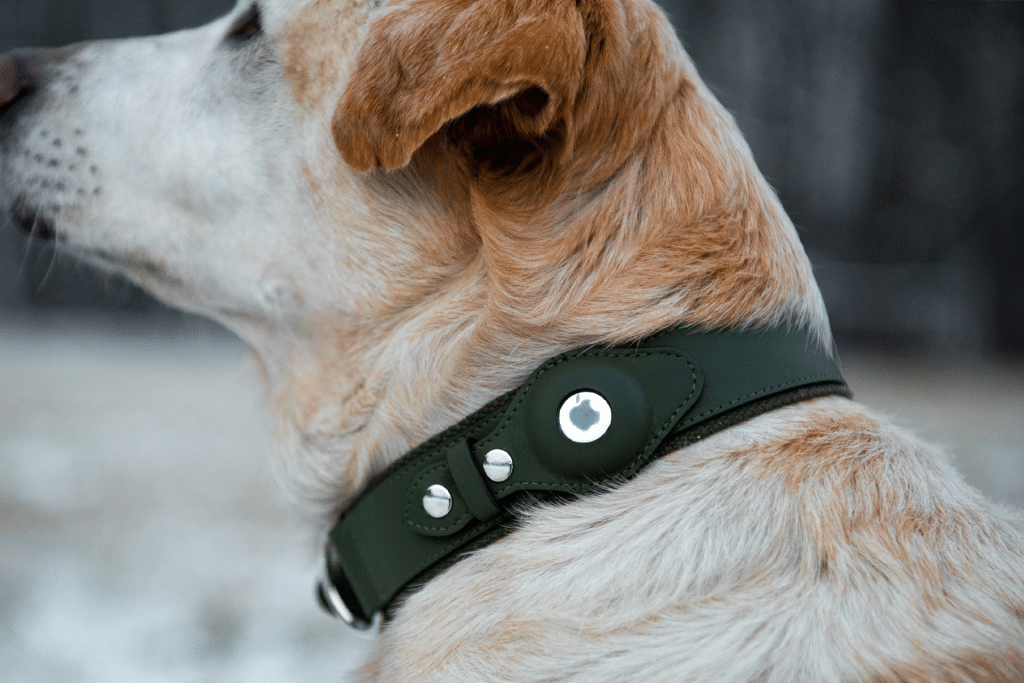The dog, a friendly but disoriented wanderer, appeared on Purdy’s porch with an AirTag on its collar. The tracker was nonfunctional due to a dead battery, unable to ping its location through Apple’s Find My network, a cornerstone of Apple AirTag pet tracking. This network uses nearby iPhones to anonymously relay an AirTag’s position to iCloud. Fortunately, Purdy had a spare CR2032 battery—a coin cell costing a few dollars at most stores. After swapping the battery, Apple AirTag pet tracking reconnected, alerting the owner to their dog’s location within minutes. Had the owner monitored the battery via the Find My app, this close call for Apple AirTag pet tracking could have been avoided.
Why AirTag’s Design Shines
Apple’s choice of a replaceable CR2032 battery makes Apple AirTag pet tracking stand out from competitors with rechargeable batteries. Devices like Tile or Samsung’s SmartTag require proprietary chargers or lengthy recharging, which can be impractical in urgent situations. A dead AirTag can be revived in seconds with a widely available battery, a design choice that enhances Apple AirTag pet tracking reliability. Purdy notes this is a win for users who need Apple AirTag pet tracking to work instantly, whether for a pet or a lost item. Keeping spare batteries and checking the Find My app regularly ensures Apple AirTag pet tracking remains dependable.
Practical Benefits for Tech Users
AirTags are compact, measuring 1.26 inches in diameter and 0.31 inches thick, and weigh 0.39 ounces, making them ideal for Apple AirTag pet tracking on collars, bike frames, or backpacks. Their IP67 rating ensures resistance to splashes, water, and dust, so they withstand a dog’s park adventures or rainy bike rides. The battery lasts over a year, with the Find My app sending low-battery alerts. For Apple AirTag pet tracking, combining AirTags with ID tags or microchips adds security, as AirTags don’t store contact info unless set to Lost Mode, which displays a custom message when scanned by an NFC-enabled phone.
Maximizing AirTag Effectiveness
To optimize Apple AirTag pet tracking, users should check battery status in the Find My app’s Devices tab. Keeping CR2032 batteries at home—available for as little as $1 in bulk—ensures readiness. For pet tracking, pair the device with a durable collar holder. While not officially marketed for pets, AirTags’ affordability ($29 individually or $99 for a four-pack) and iOS integration make them popular. Enable Lost Mode immediately if a pet goes missing to share contact details securely.
Limitations and Considerations
Apple AirTag pet tracking relies on the Find My network, which depends on nearby Apple devices. In rural areas, tracking range may be limited compared to urban settings. AirTags don’t store owner contact info by default, unlike traditional pet tags, so Lost Mode is essential. Combining AirTags with microchips or engraved tags provides a backup if the battery dies. Apple’s anti-stalking features, like alerts for unrecognized AirTags, ensure safety but may confuse finders unfamiliar with the technology.
Looking Ahead: AirTag 2 and Beyond
Rumors of an AirTag 2, expected to launch with improved range and ultra-wideband precision, suggest enhancements for pet tracking, per Bloomberg. The replaceable battery design will likely remain, preserving practicality. This story shows how a small device can make a difference, provided users maintain their AirTags. Tech users should take note—whether tracking a pet or a suitcase, a quick battery check prevents missed opportunities.
Why It Matters
This incident highlights the versatility of AirTags for users valuing affordable, practical solutions. Its ability to pivot from keys to pets shows why it’s a staple for Apple enthusiasts. By emphasizing maintenance, users can ensure AirTags are ready for daily convenience or emergencies, reinforcing the value of this technology in real-world scenarios.
